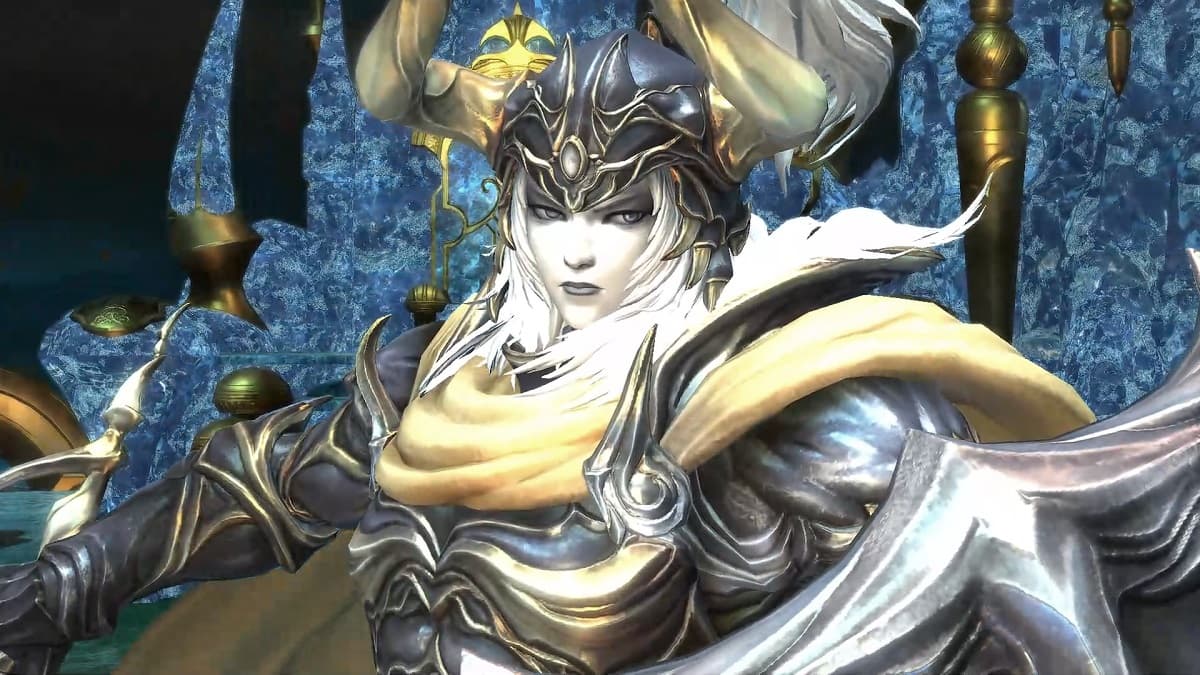The future is looking bright for eSports. There’s a growing community of college League of Legends, DotA 2 and StarCraft II gamers who are pushing their universities to give eSports the same status as club sports like hockey and lacrosse. Tony Yuan, founder of WardBaron.com, is working with college students to help achieve this endeavor.
WardBaron is an organization dedicated to promoting and advancing the collegiate eSports community through the game League of Legends. With the professional eSports scene, led by Riot Games, expanding at a rapid pace, the collegiate scene is on the cusp of significant growth as more students and university administrators begin to realize the importance of eSports. Yuan said his organization aims to establish foundations and set precedence during the entire journey as collegiate eSports grows from an enthusiastic community to an encompassing academic experience.
Yuan said his initial forays have been focused on creating tools and methods to allow the collegiate community to better interact with one another, not only with members and students within a university, but also between universities. These tools, such as public collegiate boards and integrated chat rooms, sought to create dialogue between each university.
More recently, the organization established a collegiate competition that mimics the LCS, the professional circuit for LoL. The WardBaron Collegiate Series, or WCS, was a direct result of the collegiate community voicing their desires for more visibility and relevancy. This competition seeks to create a more permanent and publicized opportunity for not only collegiate players, but viewers, supporters and fans of the community. Yuan talks about the future of college eSports in this exclusive interview.
Why did you decide to focus on League of Legends?
I actually started playing DotA before League of Legends ever existed, when it was still a mod for Warcraft III. When DotA 2 opened up, I quickly made the transition. Almost every DotA2/LoL player at the time, myself included, had some degree of animosity against the other, mostly due to pride. However, as soon as I decided to become more involved with eSports, I knew that I had to make the transition due to the popularity and sheer number of players for League. The community, game design, and business model that Riot created is simply incomparable, and lends credence to its 70+ million player base.
How are you working with Riot Games on WardBaron?
Riot’s collegiate support team has a very open-door policy on providing tips and advice on the direction of events and eSports in general. Especially since collegiate eSports is still in its infancy, it’s difficult at times to find validation that WardBaron is moving in the right direction. To have experts to provide insight is extremely rewarding and helps to minimize time wasted in this fast-moving industry.
How big is the college eSports scene?
It’s hard to establish an exact figure, especially since collegiate eSports contains not just players in college, but fans of the community as well. There are, however, a few statistics that help us estimate the size of collegiate eSports. Riot released an infographic in 2012 which states that 60% of players are either attending or have received some form of college education.
More recently, the North American Collegiate Championships attracted more than 500 universities to compete. These clubs include smaller organizations of a few dozen members, to large powerhouses like UCSD with over 1,200 members. Including players, members, and fans, this sum can easily be in the millions, and growing each day.
What percentage of pro gamers out there are college players?
To be a professional gamer with the ability to support a lifestyle is full-time plus job. To be able to tack on a collegiate career is next to impossible. The real percentage is negligible, but there are notable examples of players with college experiences. Lemonnation of Cloud 9 completed college before joining the LCS. Meteos, also of Cloud 9, was still in college prior to becoming professional. While I’m in no way endorsing dropping out of school, it’s refreshing to see these professional players pursuing their dreams and taking risks.
How do you see this college eSports system fitting in with leagues like MLG?
I can definitely see collegiate eSports players filtering in to the professional circuits like MLG through an organization such as WardBaron. Much like how professional sports teams obtain or “draft” new players from the college system, I can easily see professional eSports teams pickup collegiate players after seeing their performance and development on a collegiate team.
How do you see colleges and institutions getting involved in eSports?
This is perhaps one of the largest and most difficult hurdles to cross in collegiate eSports. Student leaders representing their LoL group have found it difficult to make significant breakthroughs in the bureaucratic university systems, and thus many are “stuck” as a student organization. I want to highlight “stuck” because while it’s no small feat for a club to become a recognized school organization, some larger and more active groups are seeking the coveted “club sports” designation in their school. A club sport often receives a significantly larger portion of funding, for purposes of traveling, competition expenses, or coaching.
Chris Postell of the University of Cincinnati wrote a brief guide for universities interested in such a designation, after successfully being recognized for his own club. We are looking to work closely with him and his club in the future to hopefully replicate his process for more universities in the nation. One of the core goals for WardBaron is to make sure universities receive the recognition and support they deserve.
How far away could eSports clubs be from playing for universities like hockey or lacrosse teams do now?
It’s all a matter of when these clubs are able to receive the “club sport” designation. Many universities currently apply the club sport designation to sports such as hockey and lacrosse, since they are not bound under the university’s athletics department (this is not always true). Achieving the designation would effectively place eSports on the same level as these sports.
Schools like the University of Cincinnati have already achieved that important milestone, while other universities I’ve spoken with have tried repeatedly and failed due to a less-than-progressive university system. Unfortunately, it’s not an even playing field in terms of acceptance. For some there is still a negative stigma attached to video gaming. As for WardBaron, this is an area of focus as we move to push universities for more acceptance of eSports.
What other games do you feel would work for Wardbaron beyond LoL?
The obvious choice here would be DotA 2, as they are both built from the same foundation. Beyond that it becomes a little blurry. Games that fit well into the collegiate eSports scene need to contain three important principles: teamwork, real-time action and ease of involvement. Teamwork helps adoption as many players are able to be involved for any particular game, while real-time action allows a constant flow of gameplay which helps to sustain excitement. Ease of involvement is also important as it allows new players to, relatively quickly, jump in with the same tools and features available to professional players.
Games that fail to contain these qualities may run into headwinds in terms of university adoption. However, these are more suggestions than requirements, so we’d keep our options open.












Published: Feb 24, 2014 06:51 am